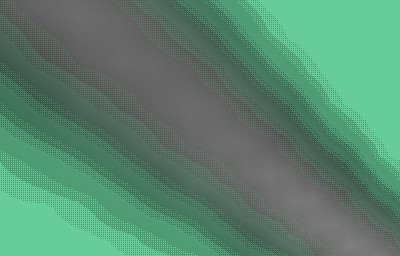Custom alpha to coverage
Sunday, January 25, 2009 | Permalink
In DX10.1 you can write a custom sample mask to an SV_Coverage output. This nice little feature hasn't exactly received a lot of media coverage (haha!). Basically it's an uint where every bit tells to which samples in the multisample render target the output will be written to. For instance if you set it to 0x3 the output will be written to samples 0 and 1, and leave the rest of the samples unmodified.
What can you use it for? The most obvious thing is to create a custom alpha-to-coverage. Alpha-to-coverage simply converts the output alpha into a sample mask. If you can provide a better sample mask than the hardware, you'll get better quality. And quite frankly, the hardware implementations of alpha-to-coverage hasn't exactly impressed us with their quality. You can often see very obvious and repetitive dither patterns.
So I made a simple test with a pseudo-random value based on screen-space position. The left image is the standard alpha-to-coverage on an HD 3870x2, and on the right my custom alpha-to-coverage.


[
4 comments |
Last comment by Dr Black Adder (2011-10-14 01:08:17) ]




